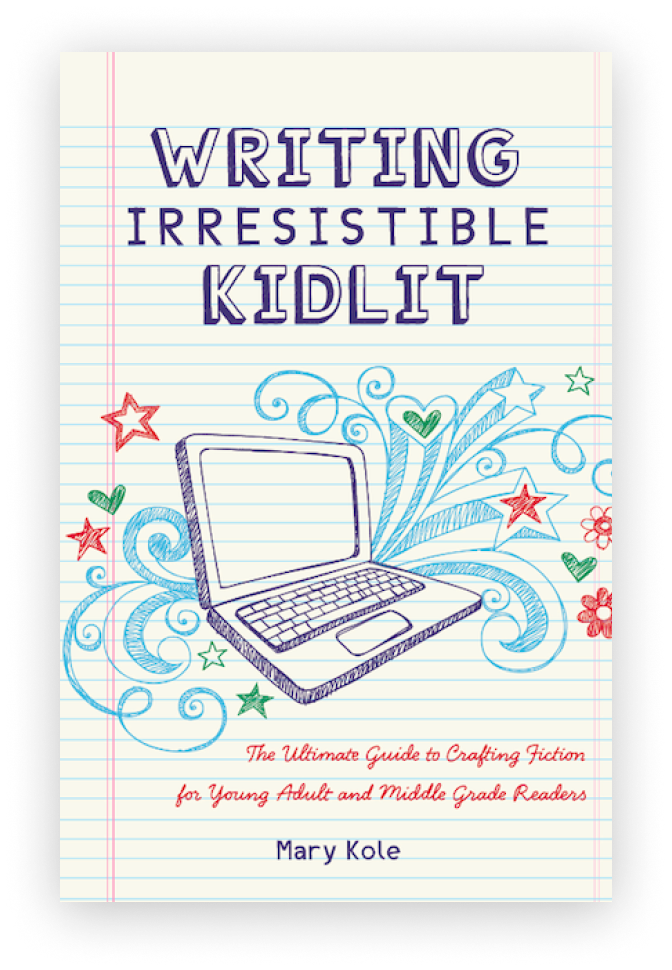Constructing a Memoir Narrative
By Mary Kole
Mary Kole is a former literary agent, freelance editor, writing teacher, author of Writing Irresistible Kidlit, and IP developer for major publishers, with over a decade in the publishing industry.
Memoirs are a powerful tool for capturing life experiences and sharing them with the world. Even if you aspire to memoir writing, sitting down to craft a memoir can be a daunting task. Writing a memoir is a delicate balance of truth, emotion, and storytelling that requires careful planning and execution. That’s where a memoir narrative comes in. With the following strategies, you can craft a compelling memoir that resonates with readers. In this article, I’ll cover the essentials of crafting an appealing memoir narrative, including the ingredients, execution, character and action beats you’ll need, as well as common mistakes to avoid.
What Is a Memoir Narrative?
Unlike an autobiography, which is a chronological account of one's entire life story, a memoir is a slice of a life experience with a specific topic and theme. It can be a specific period in your life and the storytelling around it focuses on a particular lesson or experience. The essence of a memoir narrative is to convey the emotional impact of a curated life story rather than an exhaustive account of all the facts and events.
Ingredients of a Memoir Narrative
The essential ingredients of a memoir are emotion, authenticity, revelation, and conflict. Emotion is the driving force that connects the reader with a memoir writer’s life story. It's the writer’s vulnerability that allows the reader to relate to the story. Authenticity involves telling the truth of the story as it happened, and as you experienced it, not a polished-up version that you might assume the world wants to hear. No matter how you plot your memoir narrative, whether you go in chronological order or you jump around, remember that conflict is the core of a memoir. It's what drives the story forward, and what rises to the surface as the protagonist (you!) struggles, yearns, and overcomes obstacles.
Character and Action Beats in Memoir Narrative
The execution of a memoir narrative takes time and effort to figure out. One way to execute a memoir narrative for maximum emotional impact is by revealing details that create an intimate connection between the character and the reader. Writers can transport readers to the story world of their lives by including sensory details such as touch, sound, and taste. Another way is by using language that evokes emotions, especially by conveying deep point of view using interiority. The most compelling memoirs are ones that evoke empathy in readers and inspire them to see the world through the writer's eyes. The reader may not have had the same experiences as a memoir writer, but they can suddenly walk in their shoes and understand their perspective. They might even take courage or insight from a memoir narrative and apply the realizations to their own lives.
When writing a memoir, you must understand the character's journey, character development, and the action beats that will create the memoir narrative. The character's journey is what allows the reader to experience growth and change in the protagonist. This growth can come in various forms, such as emotional, spiritual, or psychological. In contrast, action beats refer to a specific plot point in the story where the overall narrative moves forward or goes through a turning point. A good action beat propels the story forward, leaving the reader on edge and eager for a resolution.
Common Mistakes Made with Memoir Narrative
You should avoid common mistakes when writing a memoir narrative. Some include not having a clear theme, walking down memory lane without a plan, writing in a way that doesn’t engage in any vulnerability or introspection, or simply telling and explaining rather than writing in a more fiction-inspired narrative style. It's essential to keep the reader engaged throughout the memoir, which can be done by using writing imagery, strong character development, and active plot with a sense of stakes and tension.
Memoirs are a powerful tool for sharing life experiences, and as a writer, you should aim to craft a compelling one. By understanding the ingredients, execution, character and action beats, and common mistakes that writers make, you can bring your story to life and share them authentically with the world. Go forth, and write your life story. After all, it's yours to tell.

Click here to purchase Writing Irresistible Kidlit, my book on fiction craft for MG and YA novels, out from Writer's Digest Books. This will show you my writing craft philosophy and give you lots of valuable advice, including tips for the novel revision process and self-editing. There are over 35 example novels cited and discussed throughout. It’s a valuable resource for any writer’s toolkit.
Click here to purchase Irresistible Query Letters, my book on query letters, including over forty examples with comprehensive notes on each one. There’s a ton of submission advice, best practices, and insider information in these pages, and you’ll really enjoy seeing what other writers are doing in the slush.
Click here to purchase Writing Interiority: Crafting Irresistible Characters, my book on interiority and character creation. Explore your protagonist’s thoughts, feelings, reactions and interpretations, expectations, and inner struggles to create a rich, immersive experience. This guide will empower you to create characters who live and breathe on the page, fostering an unbreakable bond with your audience.





